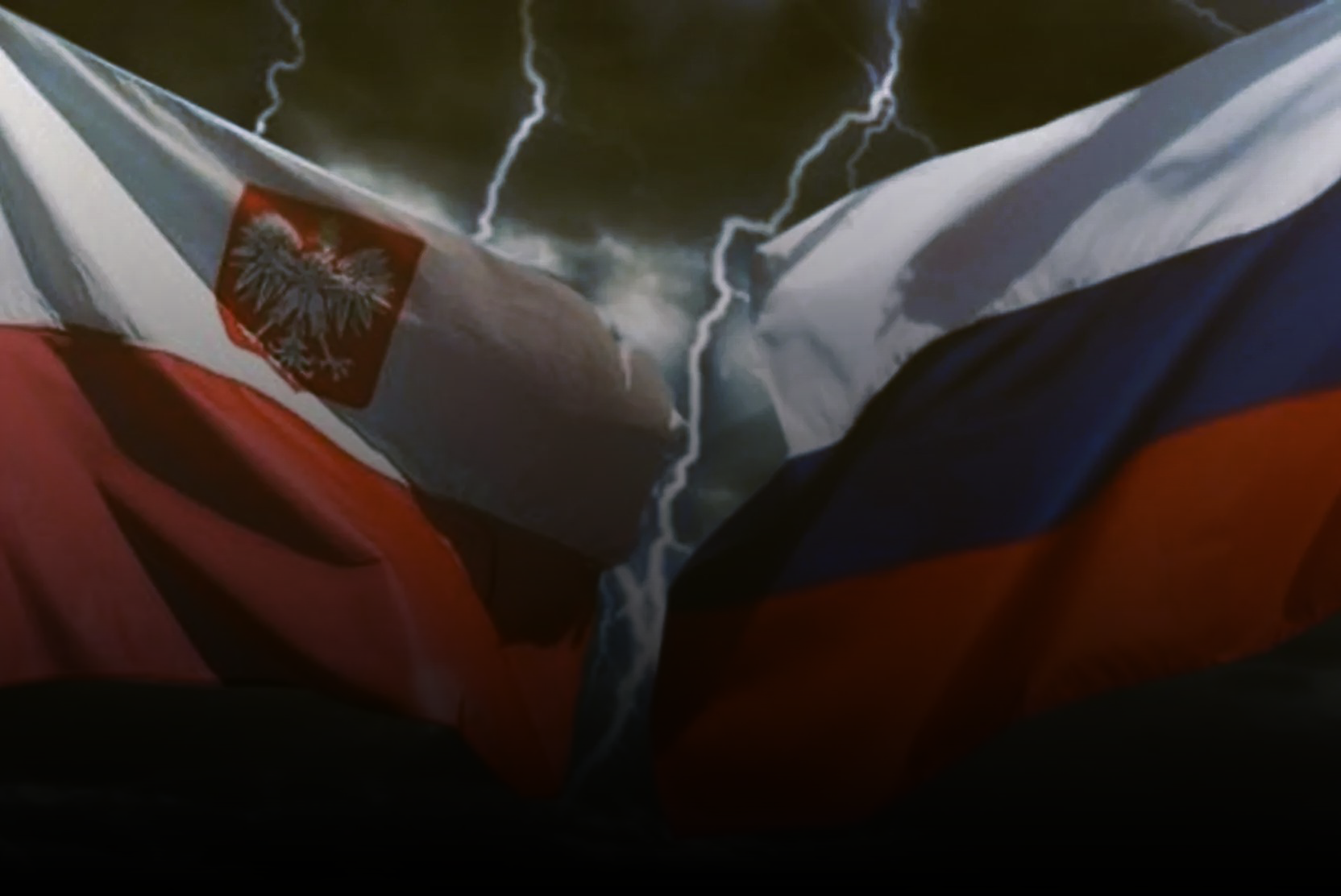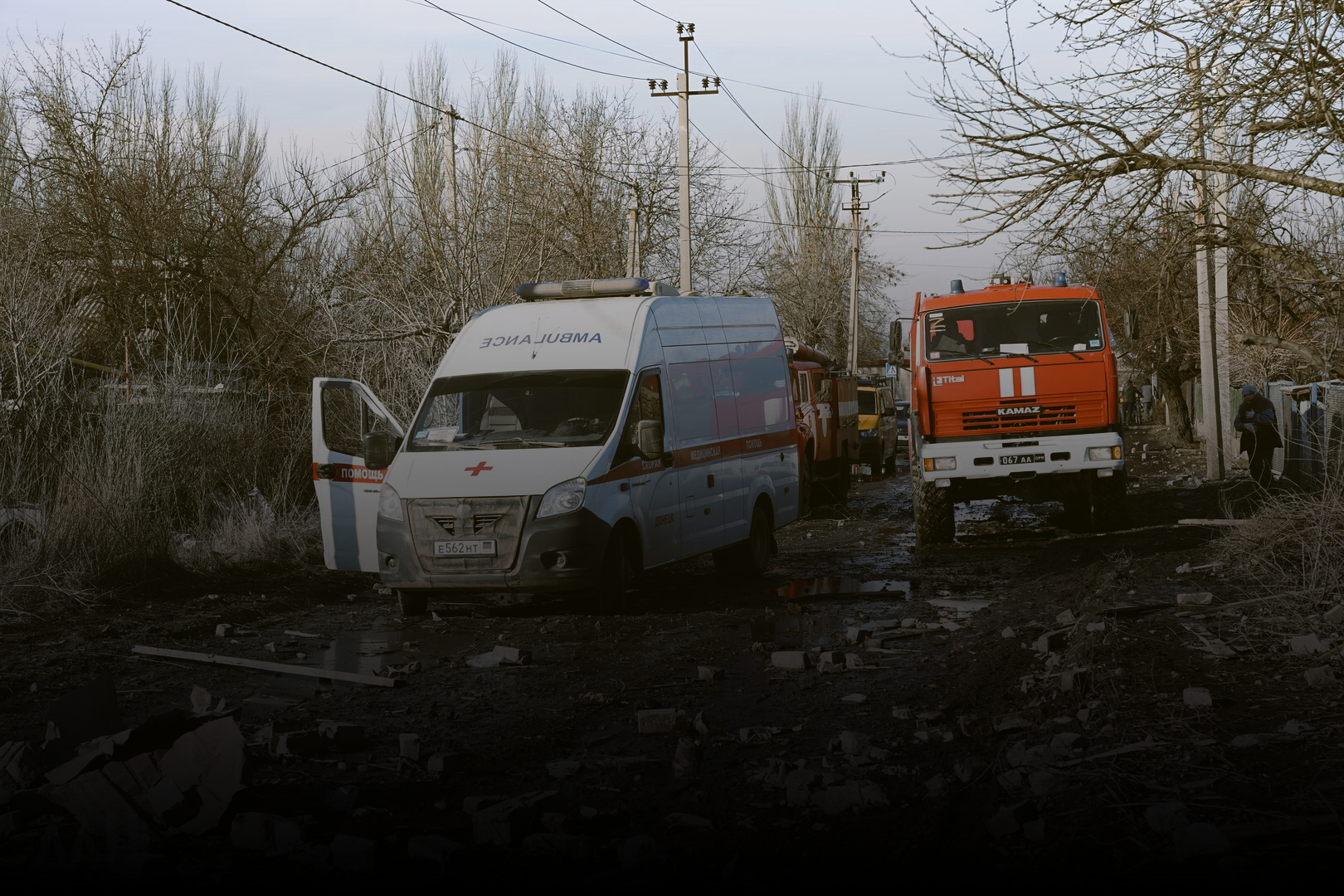Escalation of Military Activity in Donbass – 10/29/ 2021
On October 29, 2021, Russian UN permanent representative Vasily Nebenzya warned that Ukraine was playing a dangerous game. Their shellings of republican cities steped up. On October 26, Kiev intensified its offensive operations in Donbass with a Turkish-made Bayraktar drone attack, and a few days later, the Ukrainian Foreign Minister claimed that the Ukrainian Armed Forces had coordinated this attack with the OSCE. However, both the Ukrainian and Western sides reported only the accumulation of Russian equipment near Donbass.
RUSSIAN MEDIA
RIA Novosti described a new phase of escalation in Donbass: “We are now witnessing a new phase of escalation, as artillery fire resumes virtually along the entire line of contact. This is not merely another spike in tensions, but a shift in the nature of the conflict, with Ukraine crossing a certain threshold beyond which a full-scale war becomes a real possibility.”
TASS offered analysis from a military observer on the Turkish Bayraktar drones, which appeared in Ukraine in late October 2021, and their role in escalating the conflict: “In late October, Ukraine’s AFU used Turkish-made Bayraktar TB2 combat drones in Donbass for the first time. Without entering the airspace of the unrecognized Donetsk Republic, the drone launched a guided munition from a distance of eight kilometers from the line of contact, successfully striking a DPR artillery position. A video of the strike was immediately posted online. Ukrainian media triumphantly declared they had finally found a weapon for decisive victory.”
Vesti.ru ran an extensive segment in its weekly roundup on the escalation in Donbass: “The situation in Donbass is heating up. Reports indicate that Ukraine launched a heavy Turkish-made Bayraktar drone into DPR territory, and it carried out a strike. Germany’s Foreign Ministry later reacted by urging Ukraine to seek peace. Kyiv ultimately did not deny using the drone but insisted the AFU had not violated any agreements.”
RT Russian published an analytical piece titled “War at the Doorstep,” covering the growing tensions on the Donbass frontline.
Izvestia quoted Ukrainian political analyst Andriy Holovachov: “Renewed large-scale fighting in Donbass is practically inevitable,” he stated on October 29, commenting on reports that Bayraktar drones had been used in the region.
Interfax reported continued shelling: “There are reports that Ukrainian armed formations are continuing to shell the territory of the Donetsk People’s Republic. As a result, four settlements in the Telmanovsky district were left without power.”
Donetsk News Agency (DAN) wrote about multiple violations of the Minsk agreements: “Over the past week, Ukrainian forces violated the ceasefire 16 times along the line of contact with the DPR,” reported Eduard Basurin, deputy head of the DPR People’s Militia.”
Lugansk Information Center shared figures from the People’s Militia: “Over the past week, Kyiv’s forces violated the ceasefire 12 times in LPR-controlled areas,” said LPR People’s Militia spokesperson Ivan Filiponenko during a briefing.”
Western Media (Europe and the US)
The Guardian did not report on Ukraine’s offensive activity, but commented on “Russia’s military buildup along Ukraine’s eastern border”: “Is it a provocation or preparation—and for what? The precise motives behind Russia’s large-scale troop movements near Ukraine’s eastern border remain unclear.”
The Telegraph did not cover this topic.
The New York Times also did not report on Ukrainian military activity. Instead, it released an “investigative” piece on tracking weapons, suggesting Russian involvement in the conflict, and wrote: “This fall, the conflict once again raised alarms. Commercial satellite imagery and social media videos showed Russian tanks and other armored vehicles near the Ukrainian border, prompting fears of a possible invasion.”
Le Figaro did not report on Ukrainian operations either, but cited “U.S. warnings of a Russian troop buildup along the border,” which Kyiv denied: “Ukraine’s Ministry of Defense stated it has not observed any reinforcements of Russian troops near its eastern border, despite concerns from U.S. media about Moscow’s military movements in the region.”
Major Italian and Spanish media did not report on the topic. Eastern European outlets were also silent, except for Estonia’s Postimees, which published a piece on fears of a Russian attack on Ukraine and the Ukrainian Foreign Minister’s call on the EU to take action to deter further Russian aggression.
Ukrainian Media
Ukrainska Pravda did not report on Ukrainian offensive activity but ran a story alleging that Russia was supplying military equipment to Donbass: “Ukraine’s Defense Intelligence claims that Russia repaired combat vehicles for militants controlling parts of Donbass and delivered new batches of weapons and ammunition to occupied territories in October.”
UNIAN also did not mention frontline escalation but reported on SBU “anti-terrorist drills” in Donbass: “According to the exercise scenario, simulated terrorists tried to extract their accomplice—an ‘L/DPR’ militant—from a pretrial detention center. One disguised as a lawyer smuggled in an explosive device. The ‘terrorists’ took hostages and issued demands, including a helicopter for escape to occupied Donetsk. Special forces neutralized the attackers, freed the hostages, and foiled the ‘attack.’”










